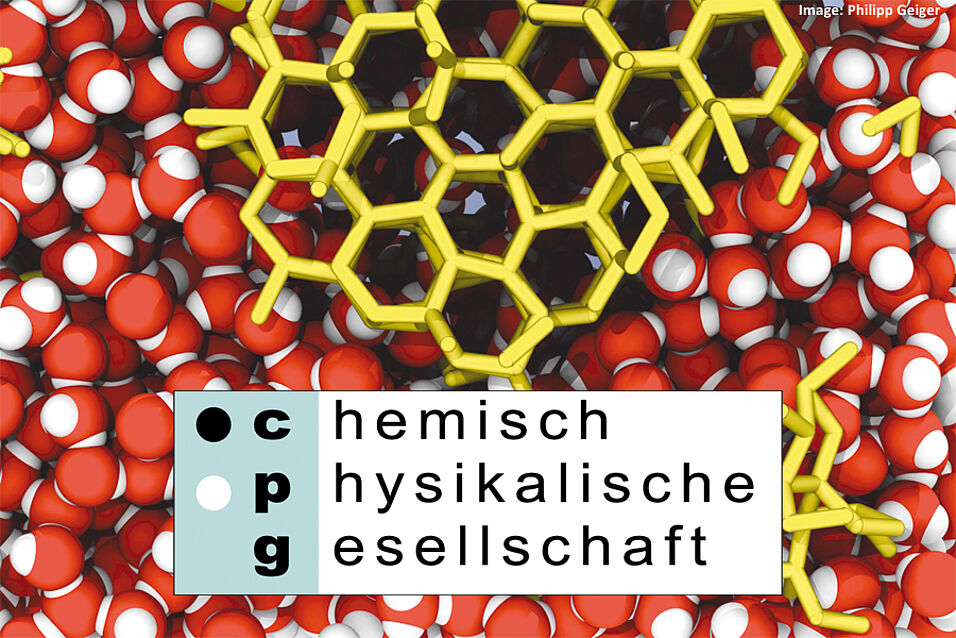It is an inherent ability of lifeforms to sense and manipulate their environment. Human ingenuity has extended this ability to technical systems in the form of sensors and actuators. The development of micro electromechanical systems (MEMS) has led to the ongoing proliferation of billions of microscopic sensors and actuators in cars, consumer electronics and Internet of Things applications.
MEMS based on piezoelectric coupling (PiezoMEMS) commonly feature highly linear coupling, no pullin instabilities and low-power operation, but generally require complex and well-controlled fabrication technologies. High material quality is crucial, since energy conversion takes place inside the functional piezoelectric material. This enables large forces, but severely limits direct stroke levels achievable by the piezoelectric effect to a few hundred picometers per volt and can result in higher noise floors, which have only recently been reduced to levels comparable to capacitive MEMS. To overcome these limitations, multiple approaches are required, taking both material aspects and device concepts into account.
On the material side, higher stroke levels can be achieved by introducing new piezoelectric materials to replace aluminum nitride (AlN) as one of the most commonly used materials. Specifically, doping of AlN with transition metals like scandium has proven to be effective, at the literal high cost of scandium. In this talk, we will present yttrium doped AlN as a more economical alternative and discuss the challenges to achieve high quality YAlN thin films for PiezoMEMS. Lower noise floors are also essential for future PiezoMEMS sensor applications and we will discuss current research into this topic in the scope of an active Christian Doppler Laboratory.
On the device side, one common approach to reach higher stroke levels is resonant device operation. We will show, how PiezoMEMS resonators can be used to enable sensor applications in high-viscosity liquid environments such as lubricants or even bitumen. One key innovation to achieve this is the introduction of 2D resonator mode shapes featuring significantly lower damping in liquids compared to the more conventionally used 1D mode shapes. This enables applications such as viscosity monitoring or wear particle detection. A much less common approach to reach higher stroke levels is the exploitation of the mechanical effect of bistability present in compressively stressed multilaterally clamped structures. We will show, how PiezoMEMS can be used to utilize this effect to reach stroke levels in the range of tens of micrometers and how this non-linear effect introduces significant complexity into the mechanical characteristics of bistable PiezoMEMS.
Michael Schneider (Vienna): Material research and unconventional approaches to PiezoMEMS devices
Location:
Related Files
- Schneider_02.04.2024.pdf 24 KB

